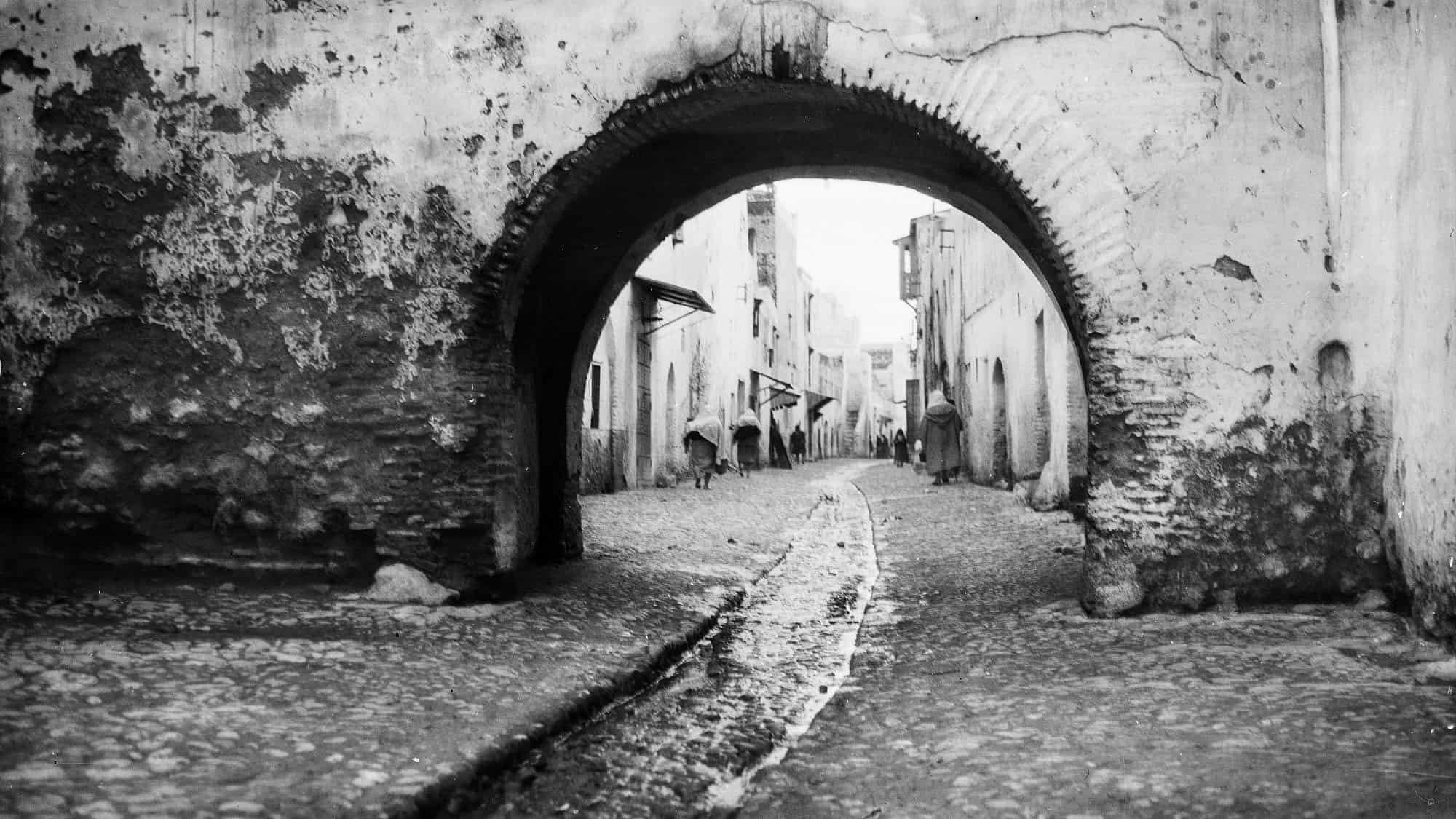The tombs of three celebrated 17th- and 18th-century rabbis—Jacob Ben Malca, Hasday Almosnino and Jacob Marrache—have been rediscovered after more than 60 years at a cemetery in Tétouan in northern Morocco.
Renewed knowledge of the whereabouts of these graves, in a town that is a U.N. Educational, Scientific and Cultural Organization (UNESCO) World Heritage site, has energized a campaign to excavate the more than 500-year-old Jewish cemetery, Morocco’s largest.
“These were certainly esteemed men,” Jacob Marrache, chair of the London-based, Sephardic genealogy nonprofit Adafina, told JNS.
‘Teachings inspired a generation of students’
A scholar and revered religious judge (dayan), Ben Malca moved to Tétouan from Fez—some 150 miles to the southeast—in 1734 to become the head of the religious court. Almosnino, who was born in Tétouan in 1640 and lived in Gibraltar, was also an accomplished arbiter of Jewish law, who left behind impressive published works, according to Marrache.
The Marrache whose grave was just rediscovered is the ancestor of the London-based Marrache, who called his namesake “a more enigmatic figure.” Born in 1640, the Kabbalist specialized in the writings of the 16th-century Rabbi Isaac Luria (known as the “Ari”) and in the “Zohar,” the foundational Kabbalistic text.
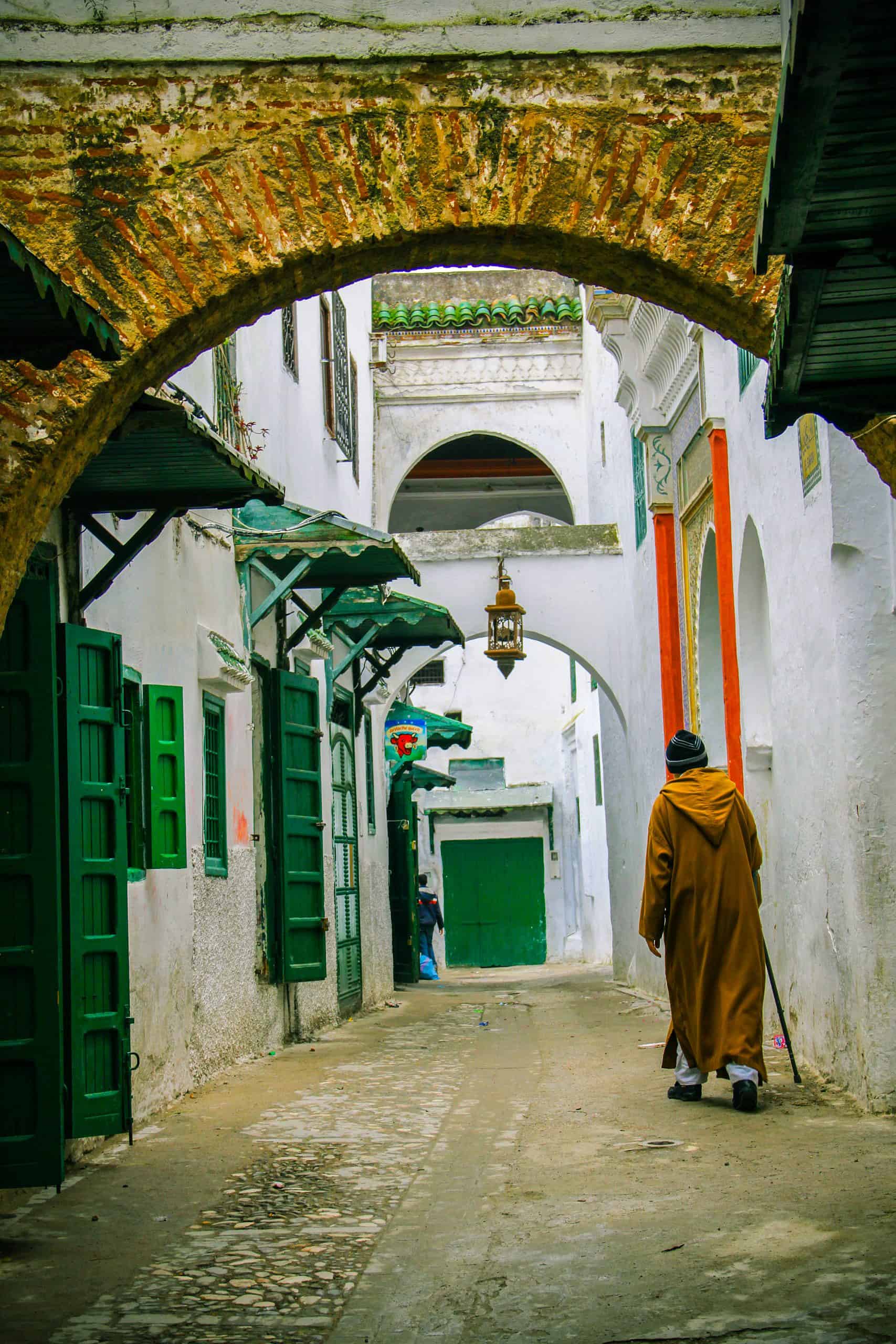
“His commentary on the Zohar earned him fame, and his teachings inspired a generation of devoted students whose thoughts remain influential today,” the younger Marrache said of his ancestor.
Marrache and his distant cousin, Andrew Strum, an Australian judge, have raised more than $3,000 of a target of nearly $11,000 to restore Tétouan’s Jewish cemetery, whose name, Cementerio de Castilla, recognizes the fact that Jews were first buried there after being expelled from the Iberian kingdom in 1492.
“My family left Morocco for Gibraltar in 1758, but like many Jewish families, we kept close contact with Tétouan for many generations, as different communities would look to one another for halachic guidance,” Marrache said.
“We even call Tétouan ‘Pequeña Jerusalen’ [‘Little Jerusalem’] because of its former significance as a center of Sephardic life,” Alberto Hayon, the community’s president, told JNS.
Only about a minyan of Jews live in the area of the cemetery now, according to Marrache, who calls Hayon “a real trailblazer.”
“He spearheaded these restoration activities and founded the charitable association overseeing them,” Marrache said. “We hope they will one day result in a full museum.”
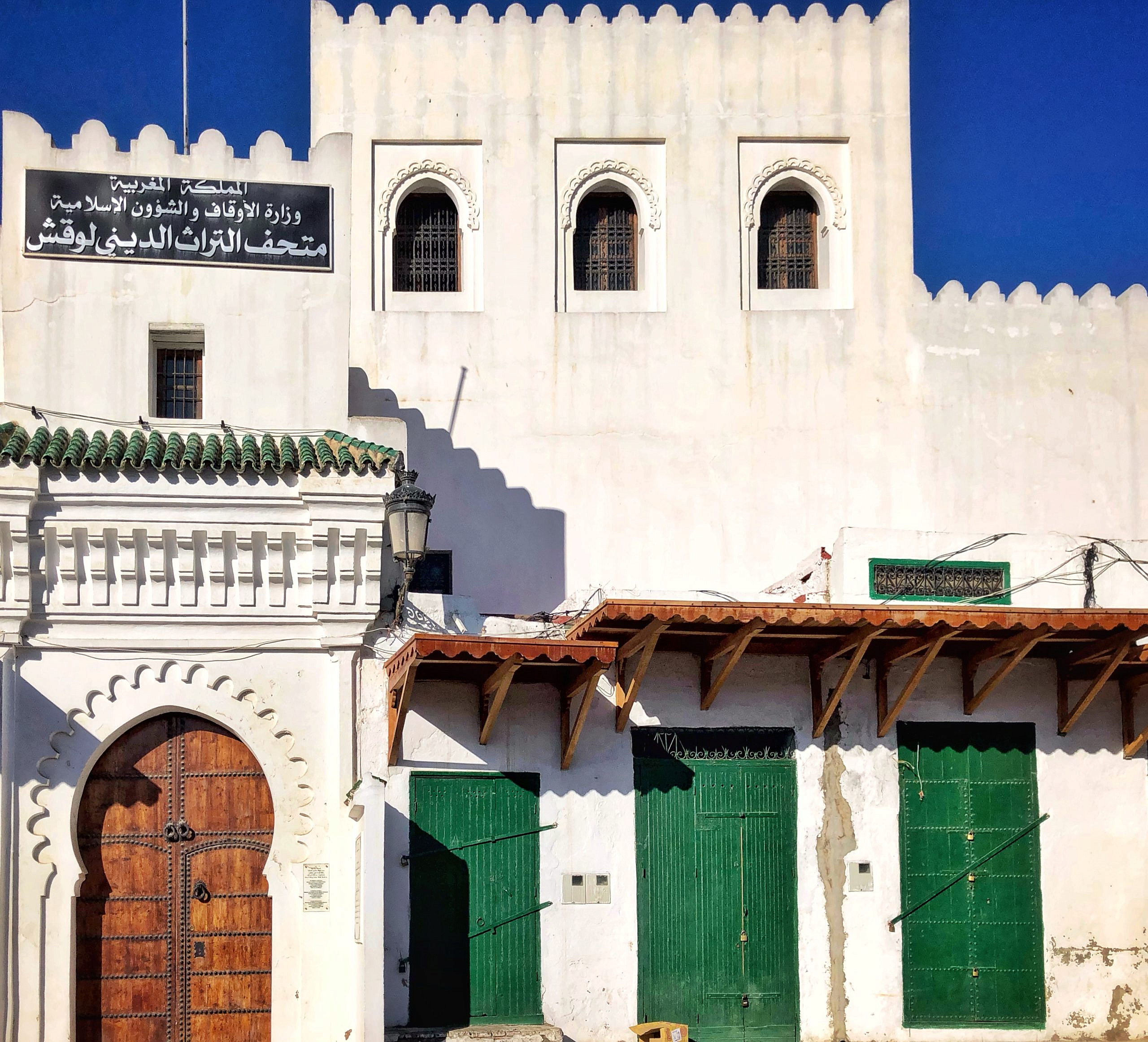
‘A duty of their descendants’
Morocco’s Jewish community dates back to antiquity. By 1948, there were about 270,000 Jews living there. That number plummeted to an estimated 2,300 Jews as of 2015. Experts are still piecing together the fractured memories left behind, and the fact that many of the tombs, which line the slopes of Mount Dersa, lack inscriptions compounds the erasure of prior Jewish communities.
“The tradition was that if somebody was married and had children, they wouldn’t put a name on the grave because it was a duty of their descendants to teach the next generations where ancestors were buried,” Marrache said, “and to return there on the date of their death.”
Many tombstones have Jewish symbols, such as Stars of David or Trees of Life, including on the tombs of rabbis.
“The six-pointed star probably did not have the same meaning as today’s Magen David star, which only became a major Jewish symbol in the Habsburg Empire,” explained Marrache. “A lot of the tombs also have the Tree of Life on them.”
Other stones, which originated in Spain and are rarer in Morocco, are shaped like the contours of a person, according to Marrache.
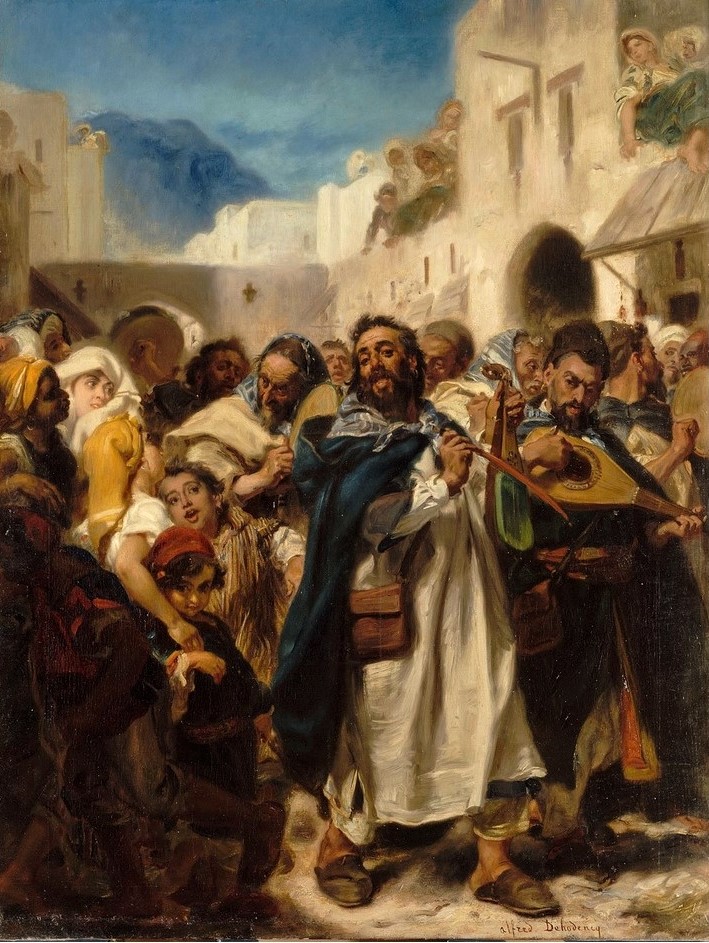
In 1956, Morocco declared independence from France, suspending Jewish immigration and travel abroad. When Moroccan Jews again had the right to emigrate in 1963, more than 100,000 moved away, largely to Israel. As the community gradually dwindled, knowledge of the locations of the tombs of the three rabbis seemed to have been lost.
Marrache has “long been aware” of a rumored tradition of the community praying at the tombs of the three on the eves of Rosh Hashanah and Yom Kippur.
“My seventh cousin Andrew Strum heard this firsthand from relatives in the 1980s who had left Tétouan for Israel in the 1960s,” he told JNS. “For years, my family members have wanted to find the tomb of Rabbi Jacob Marrache, and in early 2000, we sent someone to check in Tétouan, but there was no one who could find it.”
There have also been “false starts” in recent years, noted Marrache. Some even remembered the tradition but couldn’t locate the tombs.
Hayon told JNS that Rabbi Joseph Israel, a Tétouan native who now lives in Casablanca, helped provide the breakthrough.
“He remembered this tradition well and during Purim this year, he visited and gathered the strength to walk up the cemetery,” where he showed the community the three graves, Hayon told JNS.
But that place, where several elderly people recalled going, is steep and has become “very overgrown, making it quite difficult to reach,” he added.
Various historical documentation also backs up this year’s discovery, including the writings of former Knesset member Rabbi Shlomo Dayan, who recorded that the community’s leader (the late uncle of today’s “trailblazer”) had shown him the tombs of Almosnino and Marrache in 1993. Writings in the 19th century also recorded visiting those graves.
And in 1955, Haim Ze’ev Hirschberg, an Israeli historian, visited Tétouan, where Moses Hassan, the community’s vice president, showed him the tombs.
“So we definitely know now that in 1955, when there was a continuous generation after generation in the community, they still knew where these tombs were,” Marrache said.
“We still do not know which tomb belongs to which rabbi, as, of course, Jewish law forbids the excavation of human remains for scientific testing, but now we certainly know they are there,” he said.
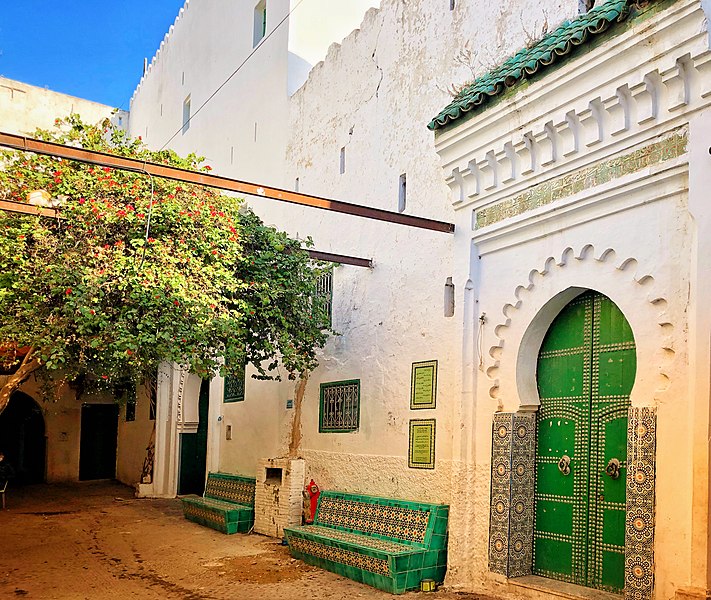
‘Improved relationship with remaining Jewish community’
Although a UNESCO site, Tétouan’s Jewish history tends to be overlooked compared to that of larger metropolitan areas, such as Casablanca. “Since the renewed agreements between Israel and Morocco, a lot of Israeli tourists visit but usually to famous cities like Tangiers or Shefshawan. They rarely stop in Tétouan,” Marrache said.
As the Abraham Accords bring more visitors, and in light of the new discovery, he hopes that more visitors and scholars will find their curiosity piqued.
“We are very grateful that Morocco now has a much-improved relationship with its remaining Jewish community, and since normalization with Israel, more of us are able to come back and visit our synagogues and our cemeteries,” Marrache said. “The difference in opportunity in neighboring Algeria and Libya is quite tragic.”
He and others have worked to restore most of the 20th-century graves, and they plan to start cleaning off vegetation and paving walkways around more of the 16th-century tombs, which they aim to document.
“We are also keen to identify more of these tombs, whether or not they can be linked to surviving family lines,” he said.


























